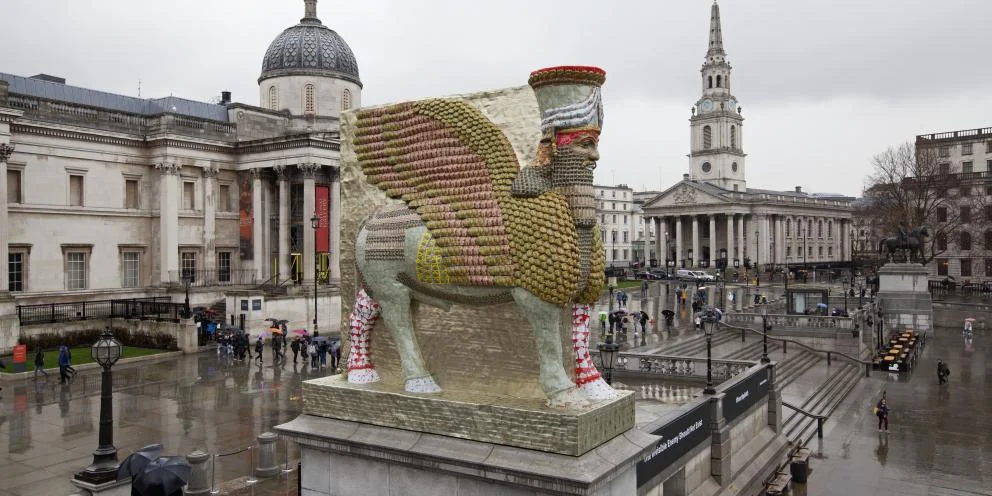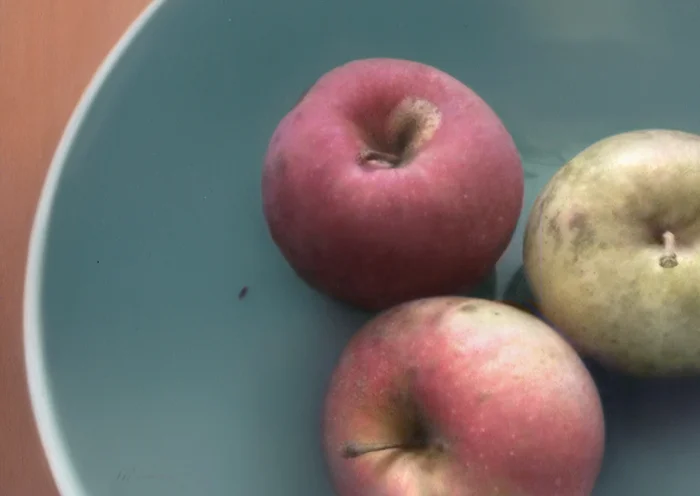Unlike so much contemporary art, offering moralising social commentary from a safe distance, Rakowitz leverages his artistic practice to probe uncomfortable questions and incite change. . . ‘I make work at the intersection of problem solving and trouble making,’ he says lightly. These inflated, amorphous miniature homes served not only to shield their incumbents from the elements – but to draw attention from passers-by, and on occasion, the cops. In this complex process of simultaneously solving and problematising, Rakowitz isn’t afraid to get his hands dirty.
Read MoreIn this essay, Anthony Waichulis, a celebrated Trompe L’Oeil painter and co-founder of Ani Art Academies, answers a question often put to him by his students, ‘How do you get your paintings to look so realistic?’ He answers with a question of his own: ‘What does realistic look like?’
Read MoreWe’re entitled to twenty-eight days of it a year. More, once we’re retired. Who doesn’t want to ‘recharge the batteries’ or get some ‘rest and relaxation’ before the long slog of work (the other two-hundred-and-sixty-one working days of the year) begin again? Kapezanou, who won the Clyde and Co., Emerging Star Award in 2017, paints people worshipping the deities of Sun, Sand, and Sea. For they’re the new ‘holy’ trinity of the ‘holiday’
Read MoreHutchison’s Metamorphosis (oil on aluminium) fits perfectly in this context. Two different moments are frozen in a round composition called a Tondo concretise the meaning of metamorphosis that the artist want to suggest. A feminine figure seems to be compressed by the circular form of the painting, but four disembodied hands move freely in the circle and seem to have their own mood.
Read MoreI was very happy with the exhibition at Clarendon Fine Art. I made and interpreted my own artwork from a new perspective, and learned to look at art through different eyes, as if I was someone else. In the process I happened upon a number of interesting concepts which were new to me.”
Read MoreKrull has certainly traversed a complex terrain in recent years. Specifically, that wonderful and intriguing country that is the United States. His speech is in an amateur geographer or explorer’s register. He speaks of the ‘unchartered territory of the empty paper.’ He describes his drawings as ‘human seismographs.’ Of course, you’ll probably remember from your own geography classes that seismographs are those instruments that record the energy released by earthquakes in seismic waves. Krull’s are composed of the lines alluded to earlier, those black lines—more wobbly than parallel—that traversed the white canvas.
Read MoreErin Hanson was eight years old when she began painting. Aged ten, she accepted her first commissions. Aged twelve, she was employed at a local mural studio. Since then, Hanson has won numerous awards and opened her own gallery, The Erin Hanson Gallery.
Art Aesthetics sat down with Hanson to discuss life, business, and, most importantly, art.
Read MoreDaniel Bilmes’ paintings contain many of the hallmarks of timelessness. His work shares both aesthetic similarities and the emotional intimacy of great painters of the past. The painting Interwoven depicts a young woman, eyes closed and neck exposed. Drawn with obvious technical skill, the tight details of her face for a focal point that contrast the more abstract areas of the ground characterised by broader brushstrokes.
Read MoreWhilst most of us are currently lounging somewhere sunny, Dina Brodsky is working hard. This New York-based contemporary artist specialises in realist miniature paintings and cycles through Europe in the summertime to draw inspiration for her work. Scanning her environment as she travels, Dina sketches away the little gems she comes across, and later turn them into miniature, ultra-detailed oil paintings, on 2’’ diameter copper or Plexiglas discs.
Read More







